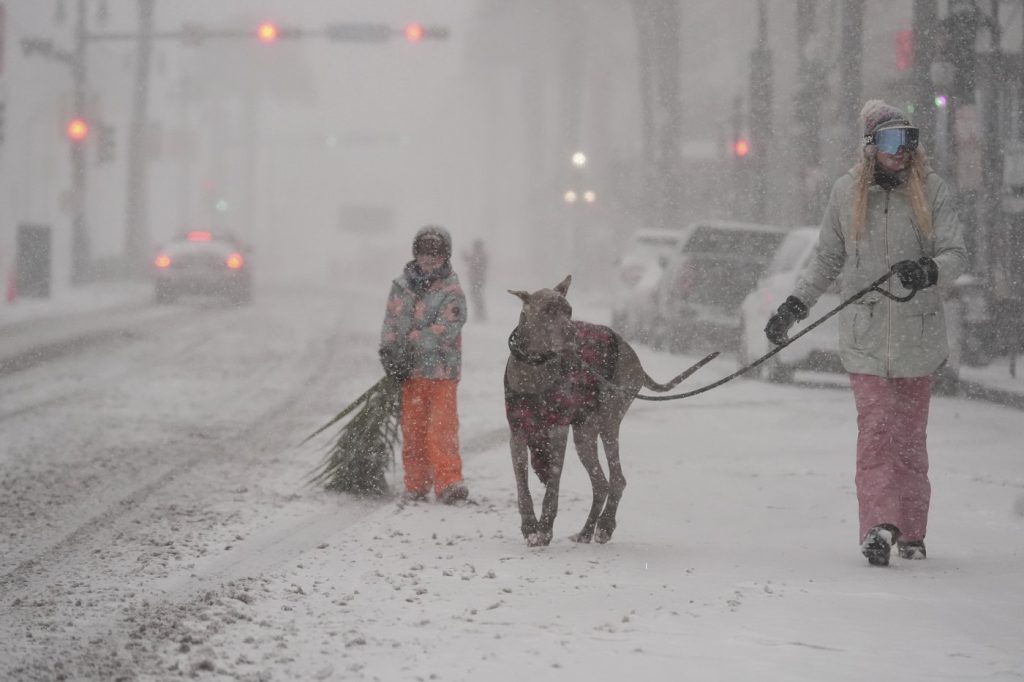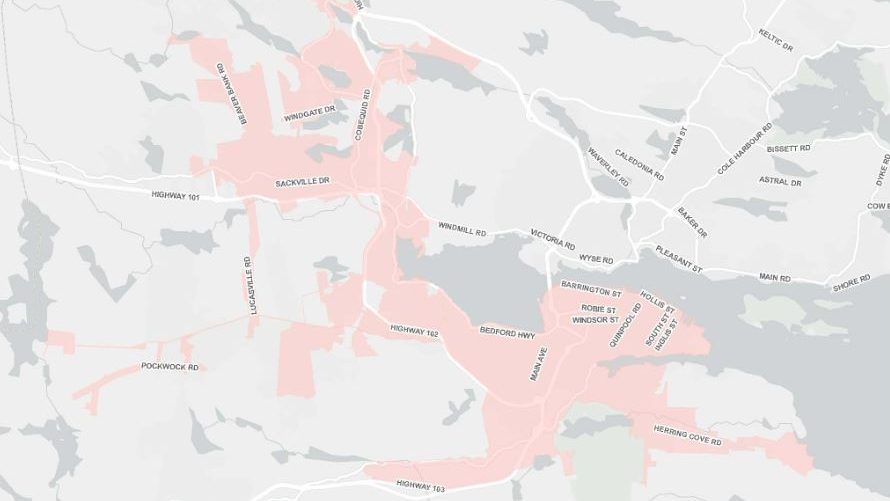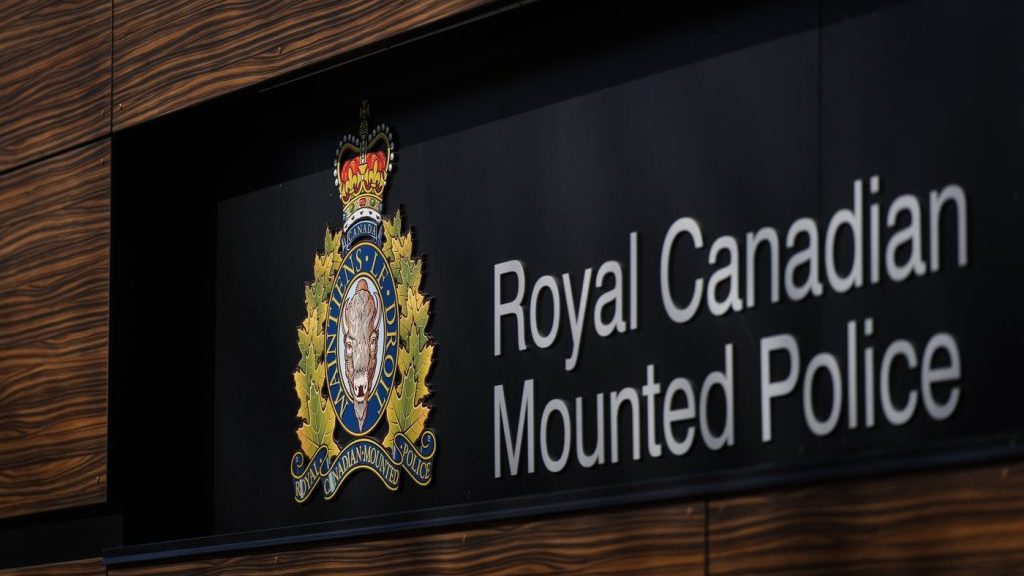How to survive snow and bitter cold that’s reached all the way to the Gulf Coast

Posted Jan 21, 2025 02:53:33 PM.
Last Updated Jan 21, 2025 05:15:45 PM.
ATLANTA (AP) — Protecting homes, cars, people and pets from snow, ice and bitterly cold temperatures just isn’t something many people are accustomed to in the Deep South.
But northerners build certain tips into their everyday lives, from dressing in layers to trying not to panic if your car begins to slide.
When approaching a stop, for instance, “brake much sooner than you normally would, and just start easing into that stop in case sliding will occur — because it probably will on ice,” says Brock Carlson, owner of Let’s Get Rolling Driving School in northern Minnesota.
He and other experts have some common-sense measures anyone can take to guard against this week’s extreme winter weather. The winter blast has brought unusually cold temperatures and rare snow that’s coated New Orleans landmarks and even beaches along the Alabama and Mississippi coastline.
Here’s what to know to survive the cold, snow and ice:
How to stay warm
Dress in layers of clothing that protect all exposed skin, the National Weather Service advises in its cold weather safety guides.
Also:
— Eat hot foods and drink warm beverages, but avoid caffeine and alcohol because they can make you dehydrated.
— Know the warning signs of hypothermia: Confusion, shivering, difficultly speaking, sleepiness and stiff muscles.
— Check on relatives, friends and neighbors.
Protect your pets
Our furry friends should be top of mind in extremely cold weather, experts say, as they can suffer health affects just like humans.
People should never leave their pets outside in the cold for extended periods, and when they do go outside, make sure they can get back indoors as quickly as possible, says Peter Rogers, a meteorologist at the National Weather Service office in Sioux Falls, South Dakota.
Newborn puppies, small dogs, senior dogs and breeds with short hair are particularly vulnerable to hypothermia, according to the American Kennel Club. Warning signs of hypothermia in dogs include rapid breathing, followed by slower and shallower breaths; sluggishness and delayed reflexes. Curling up for warmth or shivering are among the first signs their owners might notice.
Also, make sure your pet is dry before taking them outdoors. Wetness or dampness in their fur will put them more at risk, the organization warns.
How to protect your home
Open cabinets in bathrooms and in the kitchen to allow warm air to reach pipes, the weather service advises.
The agency also recommends insulating exposed pipes if possible, disconnecting outside hoses and turning off water to sprinklers.
Installing and testing smoke alarms and carbon monoxide detectors is also recommended.
How to drive on snow and ice
One of the main things Carlson, the driving school owner, always tells his students is that “if you don’t have to drive, don’t. If you can stay home, just do that.”
But for those who must be on the roads, take it slow and give cars in front of you plenty of extra distance, he said. It might be a good idea to double the distance for when you begin to break. And as you begin to drive after stopping, “kind of feather the gas,” he said. “Just kind of ease into that acceleration.”
If you do get stuck, use a technique similar to the motion of a rocking chair.
“You want to do a rocking motion,” Carlson said. “Give it a little gas and go forward,” he said. “Just keep doing that back and forth until you get yourself out of the rut you’re stuck in.”
Another bit of advice from Carlson: Avoid being over-confident.
“If you have four-wheel drive, don’t think you’re invincible,” said Carlson, whose school in Moorhead is just across the state line from famously snowy Fargo, North Dakota. “We have that problem up here — people who have four-wheel drive think they can do whatever they want.”
Keep an emergency kit in your car
The American Automobile Association recommends that drivers have an emergency kit in their vehicle that includes items such as cell phone chargers, a flashlight with extra batteries, a first-aid kit, drinking water and food, an ice scraper and shovel, blankets, hats, gloves, extra coats and sweatshirt.
Having items to help get traction in case you get stuck are also recommended by AAA. Those could include non-clumping cat litter, sand, salt or traction mats.
If you get stuck
According to AAA:
— Stay with your vehicle.
— Do not try to walk in a blinding storm since it’s easy to lose sight of your vehicle, and other motorists might not see you.
— Tie a brightly colored cloth to the antenna or at the top of a rolled up window.
— Make sure your car’s exhaust pipe is not clogged by snow, ice or mud. If it is, it could lead to a deadly carbon monoxide gas buildup when the engine is running.
Jeff Martin, The Associated Press








